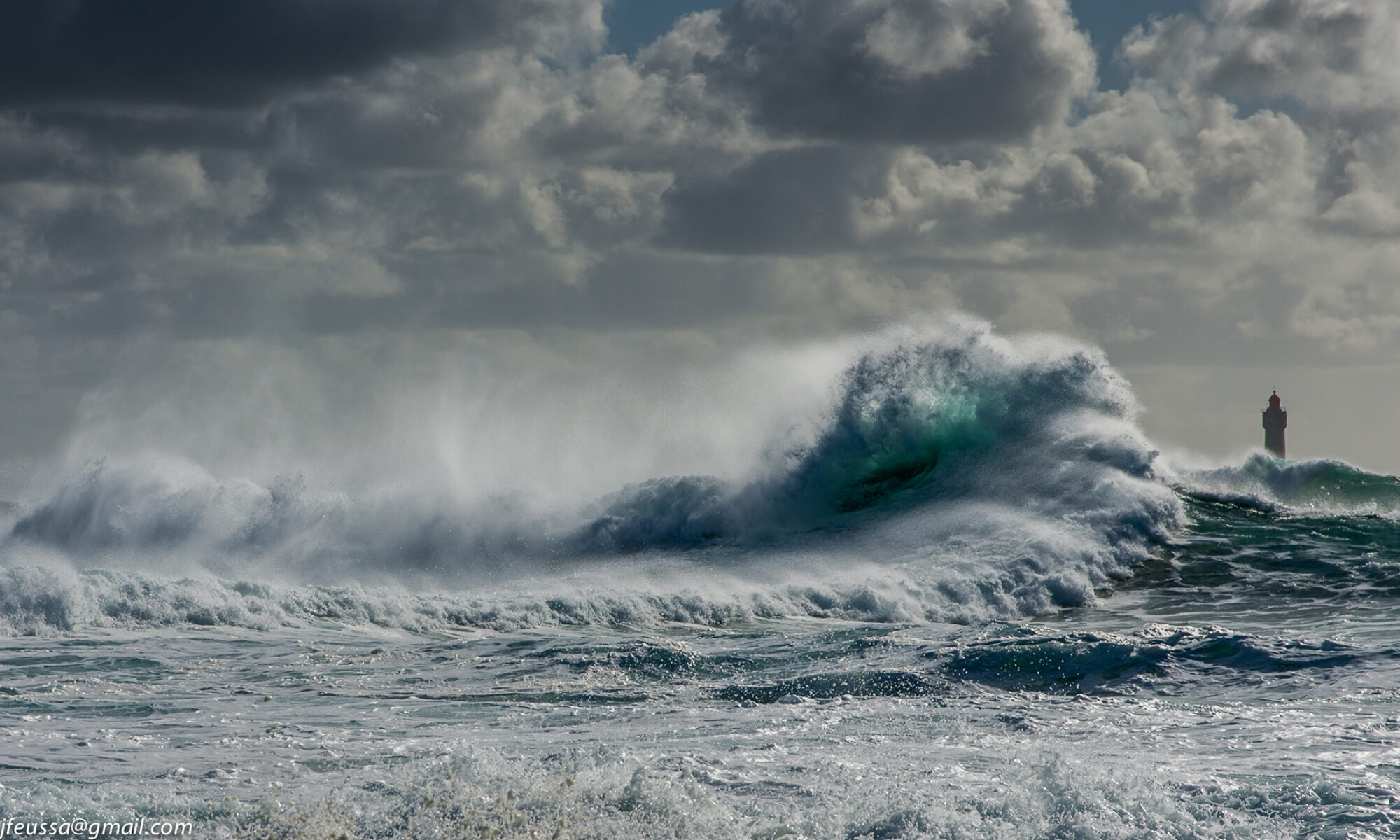Named Storm Dorian – 2019: UPDATE Sept. 01 @ 5:00 AM EDT
Hurricane Dorian has slowed it’s forward progress due to a weakening of the mid level steering current in the Atlantic. As of 5 AM EDT, Sept. 01, Dorian is a 150 MPH Cat 4 Hurricane that is starting to batter the northern Bahamas. As of 5 AM Sunday, the National Hurricane Center has projected that the hurricane’s eye will not make a direct landfall in Florida, but curve to the north, remain as a major hurricane for several days, weaken slightly and follow the southeast COAST of the US toward Georgia, South Carolina and North Carolina over the next 6 to 8 days. We must also mention that east coastal Florida and southeast coastal Georgia and the Carolinas remain in the cone of probability for actual landfall. This NHC projection may change several times in the upcoming days.
Persons in east coastal areas from Miami, Florida, to Atlantic Beach, North Carolina are being advised to monitor this situation carefully and if MANDATORY Evacuation orders are issued, to follow those orders.
For official watches and warnings, visit the NHC website:
https://www.nhc.noaa.gov/
===============================================
“These are not official advisories. These updates and advisories are based upon information from our own computer models, NOAA, Local Weather Data Centers, deep water Buoy Data, and other publicly available sources. FOR THE SAFETY OF YOUR PROPERTY AND PERSON, please refer to your Local, State, and Federal Authority updates for Official Advisories and Orders. For up to the minute advisories and official updates, it is essential that you monitor your local Emergency Government, NOAA and Local Media Broadcasts. Please do not make personal safety decisions based upon information presented here.”
https://gulfstorm.net
Tropical Storm Research Center, Gulf Shores, Alabama
============================================
ADDITIONAL DATA: Hurricane Hunter aircraft verified at 9:30 AM EDT Sept. 01, 2019 – CAT 5 @ 175 MPH sustained with gusting to 206 MPH near the eyewall. Slowing forward movement over the northern Bahamas today before making a northerly turn Monday into Tuesday. Unfortunately, this will be a deadly storm that still may impact parts of coastal Florida, coastal Georgia and the coast of the Carolinas to some degree.
Coastal residents from southeastern Florida to the North Carolina / Virginia border should be ready for coastal flooding, heavy rip currents, some inland flooding, beach erosion, very gusty winds, heavy rain, lightning and potential tornadoes.
